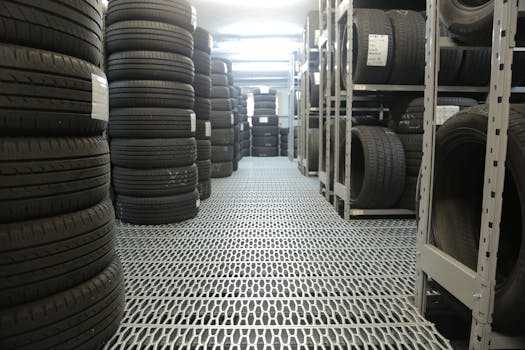
**
UPS Union Driver Buyouts: A Historic First, Signaling Potential Workforce Restructuring?
The logistics giant, United Parcel Service (UPS), is making headlines with a groundbreaking move: offering voluntary buyout packages to its unionized drivers for the very first time. This unprecedented decision has sent ripples throughout the industry, raising questions about the company's future workforce strategies, potential cost-cutting measures, and the implications for its highly skilled, union-represented drivers. The news follows a recently ratified labor contract with the Teamsters union, raising speculation about the connection between the two. This article will delve into the details of this significant development, exploring its implications and potential impact.
What are the Buyout Details?
While the specifics remain somewhat opaque, the buyout offers are reportedly targeted at experienced, long-tenured UPS drivers, particularly those approaching retirement age. The packages are designed to be attractive enough to incentivize voluntary departures, thus allowing UPS to potentially reduce its workforce and potentially manage labor costs. The exact financial terms of the buyout packages haven't been publicly disclosed by UPS, but sources indicate they are likely to include a combination of severance pay, health benefits continuation, and other financial incentives, aiming to create a compelling offer for those considering retirement. This strategy is reminiscent of other corporate restructuring efforts seen in recent years across various sectors.
Why is UPS Offering Buyouts Now?
Several factors could be contributing to UPS's decision to offer these buyouts. The recent labor negotiations with the Teamsters, which resulted in a new contract, may play a significant role. This contract, while securing job security for many, might still leave room for workforce adjustments.
Here are some potential reasons:
Automation and Technological Advancements: The ongoing integration of automation and technological advancements within the logistics sector could be influencing UPS's workforce planning. Autonomous delivery vehicles and advanced routing software are increasingly reducing reliance on purely human-driven deliveries. Offering buyouts could be a proactive measure to manage potential future job displacement due to technological changes. This falls under the broader conversation around the impact of AI on jobs.
Cost Management: Labor costs are a significant expense for any large logistics company. Offering buyouts allows UPS to potentially manage its labor costs in a controlled manner, replacing higher-paid, long-term employees with potentially lower-paid newer hires, even if the overall number of drivers remains largely the same. This is a common strategy for companies looking to improve their profit margins.
Workforce Rejuvenation: A shift towards a younger workforce could bring fresh perspectives, new skills, and adaptability to a rapidly evolving industry. The average age of UPS drivers is not publicly disclosed, but the buyout program might aid in strategically reducing the average age.
Strategic Restructuring: The buyouts could be part of a broader strategic restructuring plan aimed at increasing efficiency, improving operational agility, and enhancing competitiveness in the ever-increasingly competitive logistics market. This strategy mirrors practices seen in other major corporations aiming to adapt to changing market conditions.
The Impact on UPS Drivers and the Teamsters Union
The impact of these buyouts on UPS drivers and the Teamsters Union is multifaceted. While the offer presents a potential opportunity for some drivers to secure attractive retirement packages, it also raises concerns about job security for others. The union will likely play a crucial role in ensuring that the buyout process is fair and transparent, protecting the rights and interests of its members. The Teamsters have a history of advocating for their members' rights and will undoubtedly be closely monitoring the implementation of the buyout program. There are significant concerns about potential job losses and the long-term implications for the unionized workforce.
Implications for the Logistics Industry
UPS's move could set a precedent for other major logistics companies. Competitors may consider similar strategies to manage their workforce, optimize costs, and adapt to the changing landscape of the logistics industry. This could lead to increased pressure on wages and benefits for drivers in the sector. Moreover, the move adds fuel to the ongoing conversation about the gig economy, automation, and the future of work in the transportation sector. The industry is anticipating similar changes from FedEx and other competitors, raising broader questions about the overall trend in the sector.
Conclusion:
UPS's decision to offer buyouts to unionized drivers marks a pivotal moment in the history of the company and the broader logistics industry. While the long-term consequences remain to be seen, the move underscores the complexities of managing a large workforce in a rapidly evolving technological and economic environment. The coming months will reveal the extent to which these buyouts reshape UPS’s workforce and the broader industry landscape. The union’s response and the ultimate uptake of the buyout packages will be key factors in determining the success and long-term impact of this unprecedented strategy. The story is far from over, and further developments will be closely watched by industry experts, employees, and investors alike.



















